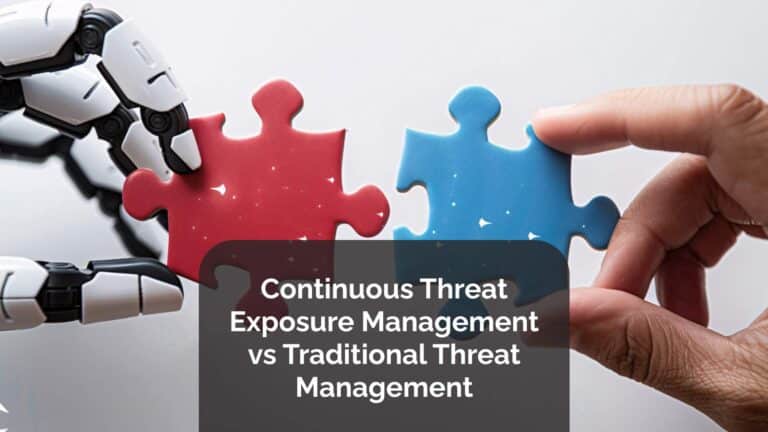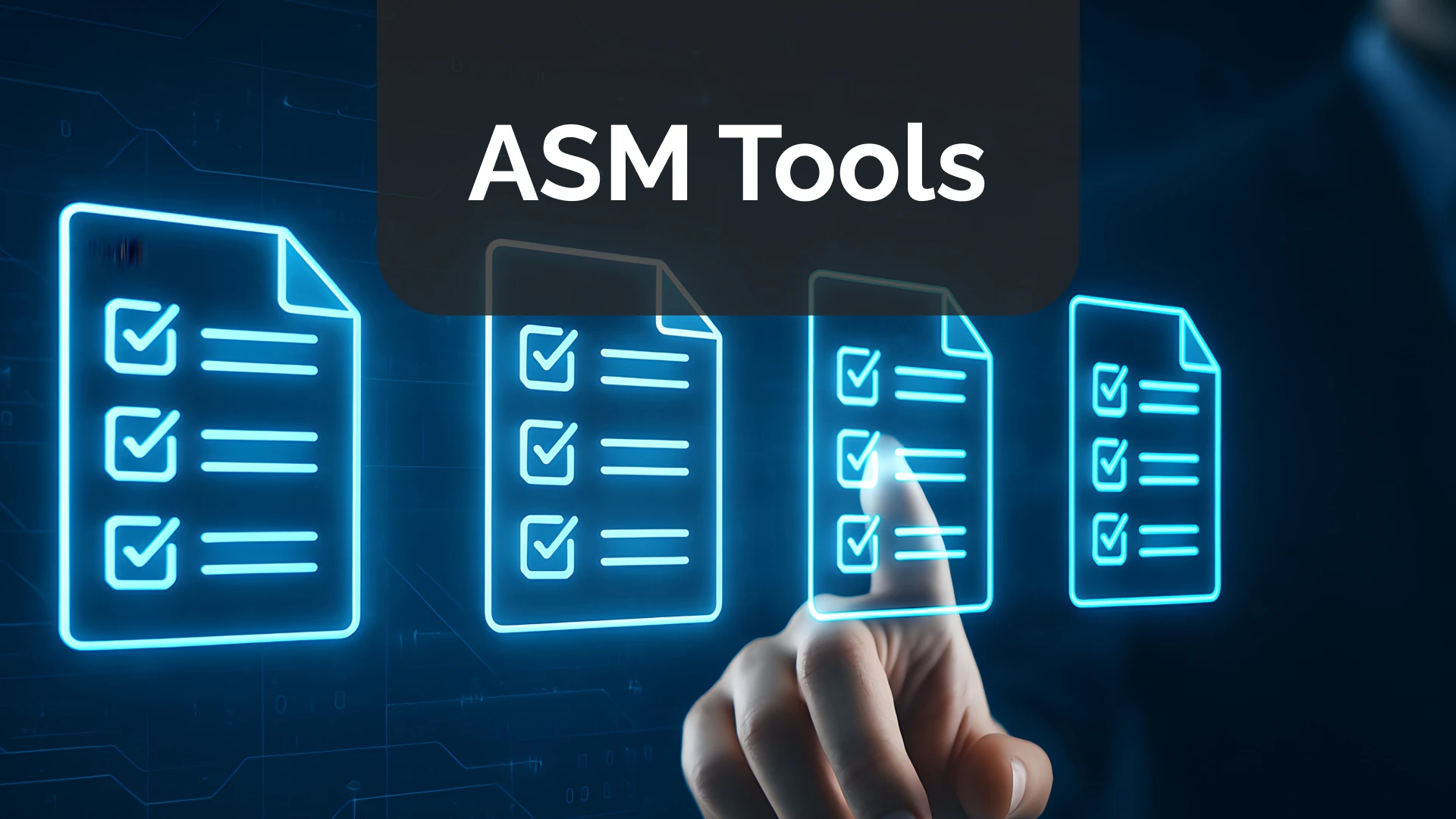Are you sure your Attack Surface Management program covers all the risks?
Is your attack surface management implementation finding what it needs to? Many organizations overlook hidden blind spots, misconfigured assets, shadow IT, or forgotten cloud instances that attackers exploit.
In fact, 73% of security leaders experienced incidents caused by unknown or unmanaged assets.
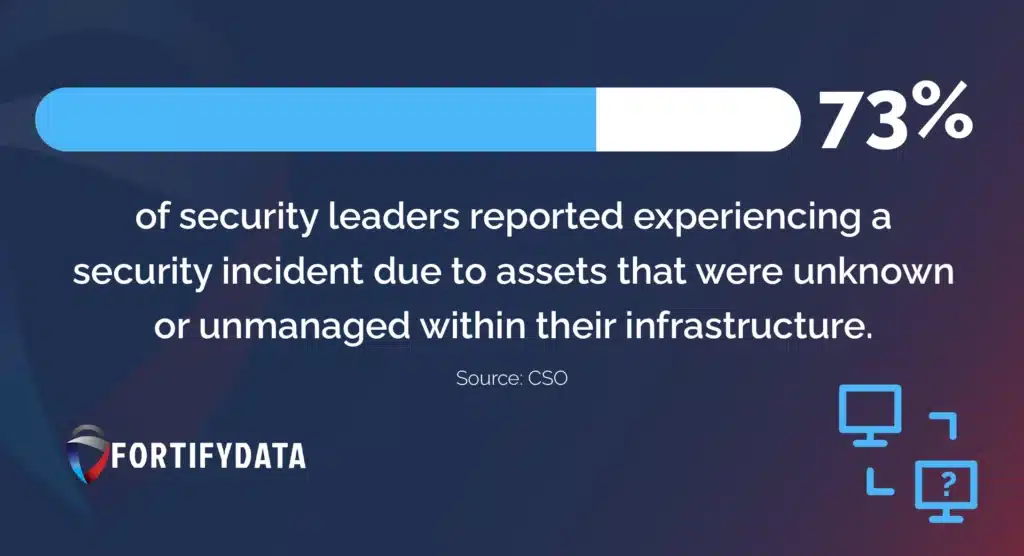
Read what is attack surface management and to stay ahead of these common blind spots described below.
Ten Critical ASM Blind Spots You Can’t Ignore
Let’s explore the ten most critical ASM blind spots you can’t afford to ignore.
1. Unmanaged Shadow IT
Shadow IT happens when teams use unapproved apps, cloud services, or devices without IT’s knowledge. Driven by speed, it creates hidden security blind spots.
Without visibility, risks go unchecked, producing threat exposures that provide threat actors opportunities to exploit these unmanaged assets and compromise your organization’s overall security posture.
These unmanaged tools bypass corporate policies entirely can introduce compliance risks, and lead to unmonitored data flows. Over time, this can weaken your cybersecurity posture.
2. Forgotten Cloud Instances and Services
The premise of cloud services is that they make deployments easy, but cleanup is rare. Old VMs, test databases, and unused services may stay online with outdated software, sensitive data, or weak settings. They become prime targets for attackers.
Studies show organizations squander 21–50% of cloud spending annually.
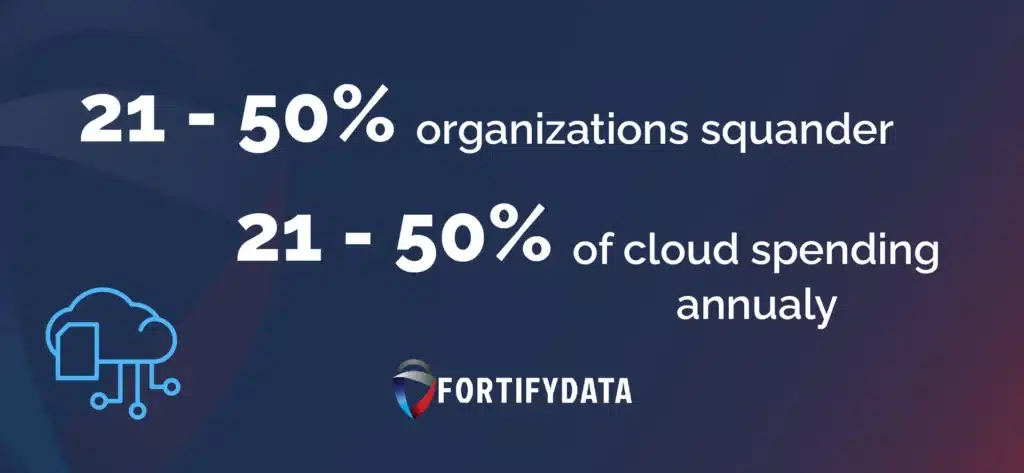
Neglected assets also accumulate unnecessary costs, depending on their configuration and original purpose they can also scale due to meeting certain conditions and adding to wasted spending while silently increasing your organization’s exposure. Without periodic audits, these “zombie” resources can linger for years, unnoticed.
3. Misconfigured Assets
A single misconfiguration, like an open S3 bucket, a default admin password, or an overly permissive firewall, can create an open door to your systems.
These mistakes often happen during rushed deployments and can worsen over time as settings drift. Industry reports consistently show misconfigurations as a top cause of breaches.
When left unresolved, misconfigurations can lead to large-scale data leaks with subsequent regulatory fines, brand damage and loss of trust for the company. Automated configuration monitoring can help prevent these costly oversights.
4. Overlooked Third-Party Integrations
Every integration, whether it’s an API, vendor platform, or outsourced service, extends your attack surface. If your vendor is compromised, you could be too. Without proper Third-Party Risk Management, you’re essentially trusting their security to protect your data.
Regular vendor assessments, contract reviews, and integration audits are essential. Even a single weak link in the chain can be enough to undermine your own security defenses.
The recent NPM breach shows just how brittle the software supply chain really is. One compromised dependency was all it took to enable credential theft, undermine CI/CD pipelines, and push out tainted releases.
Read more about top third-party data breaches.
5. Neglected IoT and OT Devices
Smart IoT devices like security cameras, HVAC systems, SCADA and other industrial controlled devices, digitally controlled physical locks and industrial control systems often don’t get the same attention as enterprise IT like cloud services, user devices or servers.
Many devices have weak security, and once installed, they’re rarely updated. See the mirai botnet as an example. If compromised, they can be used as stepping stones into more sensitive parts of your network.
Because IoT and OT devices are often mission-critical, downtime for patching may be delayed, leaving vulnerabilities open longer. Segmentation, which most IoT/OT systems are segmented from the enterprise IT netwoek, can help contain risks from these devices.
6. Unmonitored Remote Access Points
VPNs, RDP sessions, and SSH access are essential for remote work, but if they’re left open or unsecured, they’re like a welcome mat for cybercriminals. Nearly 1 in 2 organizations suffered VPN-related attacks over the past year.
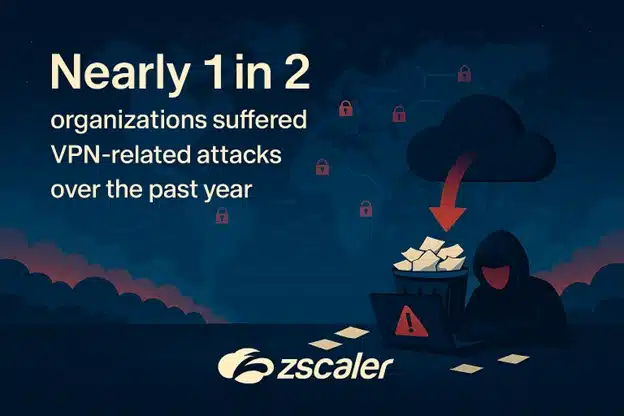
Without multi-factor authentication and strict session logging, these entry points can become long-term backdoors. Routine access reviews can help minimize exposure and ensure only authorized connections remain active.
7. Publicly Exposed Development Environments
Developers sometimes need quick internet access to test environments, but those environments often lack the robust security of production. Worse, they might store sensitive data or use real credentials, creating an easy way in for attackers.
Attackers frequently target these environments because they’re less monitored. Strong access controls and masking real data during testing can significantly reduce the risk of exploitation.
Spending endless time on manual security checks?
FortifyData’s Cyber GRC platform automates continuous monitoring, vulnerability detection, third-party risk evaluation, and compliance with real-time scoring and actionable remediation.
8. Incomplete Certificate and Domain Management
Expired SSL/TLS certificates can break encryption, and abandoned subdomains are a gift to attackers for phishing or malware hosting. The problem often arises from scattered ownership and the lack of centralized tracking.
Implementing automated certificate renewal, or utilize a certificate manager, and regular domain audits helps prevent downtime, maintain trust, and close potential entry points before malicious actors can abuse them.
9. Overlooked SaaS Application Risks
Business units often sign up for SaaS tools without IT involvement, storing sensitive data in apps with unknown security controls. If access is too broad or settings are lax, that data can be exposed to unauthorized users.
Unapproved SaaS apps may also lack compliance certifications, increasing legal risks. A centralized SaaS management policy can help enforce visibility, governance, and consistent security standards.
10. Insufficient Vulnerability Remediation Tracking
Finding vulnerabilities is one thing; fixing them fast is another. Without a clear tracking process, or alignment to business context your team may be focused on lessor priority remediation or patching, and patches for more business-critical risks can slip through the cracks. The longer a known flaw stays open, the greater the chance it will be exploited.
Security teams need well-defined SLAs for patching and automated workflows to track progress. This ensures vulnerabilities are addressed promptly before attackers can take advantage.
Why FortifyData is Your Next ASM Solution
It gets frustrating to spot hidden attack surface blind spots. However, FortifyData’s Attack Surface Management has got you covered.
Our platform’s unified ASM feature continuously discovers, monitors, and prioritizes external, internal, cloud, and third-party exposures, so you see what attackers do and act fast. It’s modular based so you can start with just external and decide if you want to add the other surfaces at a later time – internal, cloud and/or third-party.
How FortifyData Does This:
- Builds a full inventory of domains, IPs, cloud instances, APIs, and applications tied to your organization without manual input, including Subsidiary and Department organization.
- Automatically discovers and monitors all internet-facing assets—including known, unknown, and shadow IT—on an ongoing basis.
- Performs asset discovery without deploying agents, scaling easily across cloud, hybrid, and global infrastructures.
- Identifies when new assets appear, configurations change, or systems go offline—alerting security teams.
Ready to close those gaps? Request a demo of FortifyData today.

FAQ
1: How can I find and fix hidden assets or blind spots before attackers exploit them?
FortifyData’s unified ASM platform continuously discovers and monitors external, internal, cloud, and third-party exposures, helping you identify and remediate hidden risks before they become security incidents.
2: What’s the best way to find and clean up forgotten cloud instances?
Schedule monthly or quarterly cloud audits. Use your cloud provider’s cost and usage reports to spot idle resources. Tools like CSPM (Cloud Security Posture Management) can automate the detection of unused or insecure assets.

